More information about the artists of Sato Gallery can be found on the gallery’s website.
From Neo-Pop to Conceptual Art, The Growing Popularity of Japanese Contemporary Artists in France
Driven by a ‘contemporary Japonisme,’ the works of Takeru Amano, EXCALIBUR, and Daijiro Hama have found their audience.
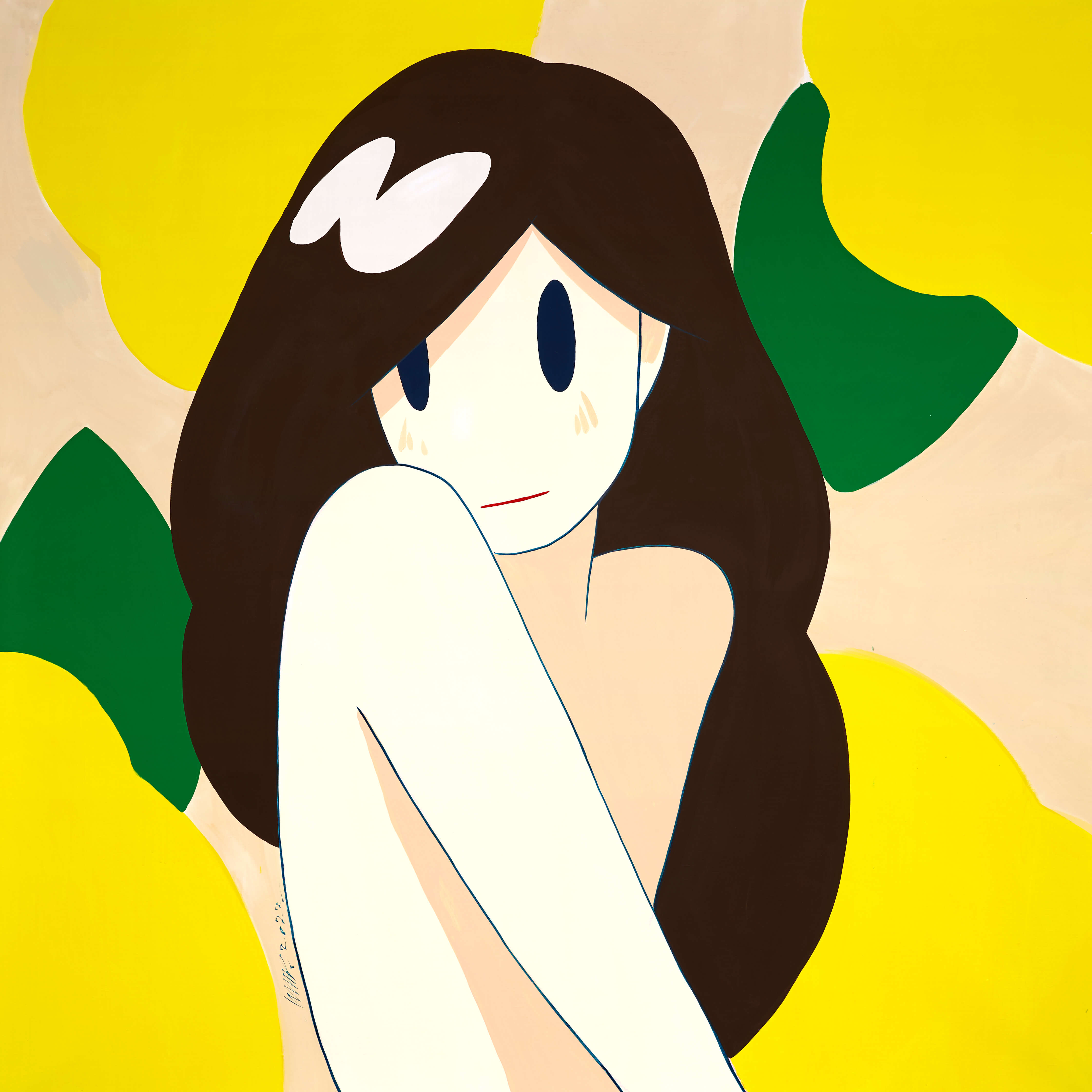
Takeru Amano, ‘Venus Lemon’, 2022, Acrylic on canvas, 130 × 130 cm
Since Takashi Murakami’s first exhibition at the Fondation Cartier in Paris in 2002, Japanese contemporary art has steadily found an audience in France. Recently, the visual artist Chiharu Shiota was invited by the Grand Palais, which dedicated a retrospective to her in early 2025. Despite the stark contrast between these two artists’ worlds, their success in France can be seen as part of a broader phenomenon—what Julien Sato calls a ‘contemporary Japonisme.’
He founded Sato Gallery in Paris in 2020 with the aim of introducing Japanese contemporary artists to France. In his view, this neo-Japonism goes hand in hand with the growing success of manga and anime in recent years. As a result, collectors have shown a particular appreciation for artists working within the neo-pop movement initiated by Takashi Murakami, who play with the codes of Japanese pop culture.
Growing Recognition Abroad Sparks Renewed Interest in Japan
One of the gallery’s most celebrated artists, Takeru Amano, embodies this appeal. His paintings range from abstract geometric compositions bursting with color to still lifes and human figures. His works often evoke a sense of strangeness, layering incongruous or even absurd elements. One of his series, for instance, features a sensual portrayal of a nude young woman—Venus—set against a neon-hued backdrop. Yet, her expression remains detached, almost blasé, creating a striking contrast with the lushness of the composition.
First exhibited in Paris in 2016, Takeru Amano had not shown his work in Japan for some time. However, his growing recognition abroad rekindled interest in his work back home, leading to the publication of his first art book, Icons, by Tsutaya Books in 2020. Like many independent mid-career artists represented by Sato Gallery, Takeru Amano’s breakthrough came through participation in the Urban Art Fair in Paris.
Accessible Works
‘Our collectors are not necessarily well-versed in Japanese culture,’ explains Julien Sato. ‘However, many are drawn to urban art, which shares common ground with pop culture.’ Some of these collectors are also deeply involved in the crypto and metaverse spheres, making them particularly receptive to works inspired by gaming culture—an aesthetic explored by the artist collective EXCALIBUR. Their pixel art compositions, often in 8-bit style, pay homage to the golden age of 1980s video games, blending gaming motifs with modern urban landscapes. The group describes this new movement, emerging in the wake of Takashi Murakami’s generation, as ‘meta-bit.’
Founded by Yoshinori Tanaka, EXCALIBUR employs a unique process to transform digital compositions into physical artworks. They use multi-layered UV printing before finishing with acrylic paint, giving their neon-tinted urban landscapes a sense of depth. Even when executed as vertical formats reminiscent of traditional Japanese hanging scrolls, their works maintain a distinctly contemporary feel.
‘Commercially successful works are those that are easily understood by an international audience,’ says Julien Sato, who, with his bicultural background and seventeen years in Japan, excels at bridging artistic dialogues. ‘Neo-pop is accessible because most collectors are familiar with Takashi Murakami. But today, many are looking to explore works with more nuance.’
A Contemporary Scene Gaining Ground Internationally
Among the artists capturing collectors’ curiosity is Daijiro Hama. His monochrome universe is populated with yōkai, mythical creatures drawn from the folklore of his childhood in Shimane—one of Japan’s spiritual heartlands. His dreamlike yet unsettling paintings bear a striking affinity with Surrealism. To define his distinctly Japanese, spirituality-infused surrealism—one that also retains a touch of kawaii—Daijiro Hama and Julien Sato coined the term シュールrealism (Surreal-realism, from shūru, originally meaning ‘surreal’ but now used to describe something with an unusual yet creative originality). This linguistic innovation facilitates the introduction of conceptual Japanese art to France, a country with a long tradition of classifying and naming artistic movements.
It is perhaps no coincidence that Jean Pigozzi—the French collector known for amassing the world’s largest collection of contemporary African art—turned his attention to young Japanese artists in 2008. His keen intuition likely anticipated the rising popularity of these artists in France and their compatibility with the local art scene.
By showcasing Japan’s emerging contemporary art scene in Europe—most notably through the biennial Tokyosaï festival in Paris—Julien Sato hopes to foster artistic exchanges between the two regions. Looking ahead to the tenth anniversary of his gallery, he even envisions opening a Tokyo outpost. A homecoming of sorts, likely in Nakameguro, where he once ran the bar-gallery M and hosted numerous artists including Takeru Amano, whose studio remains in the area. It would be a move that places him even closer to the new wave of Japanese contemporary art.

Takeru Amano, ‘Mountain View 1’, 2024, Acrylic on canvas, 33,5 × 33,5 cm
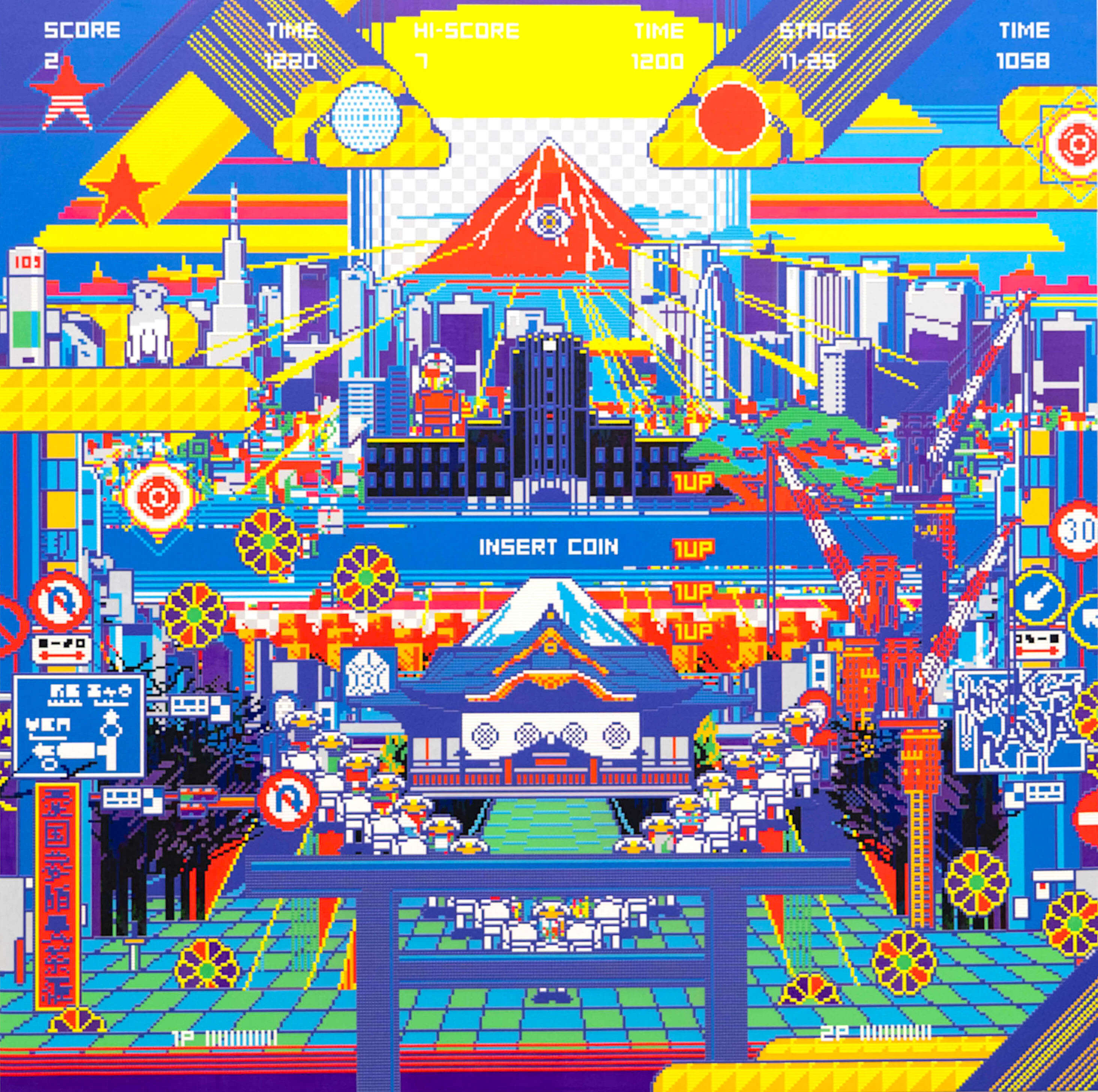
EXCALIBUR, ‘Yukoku sankei mandala (Patriotism pilgrimage mandala)’, 2021, Pigment ink glitter acrylic and UV varnish on canvas, 120 × 120 cm
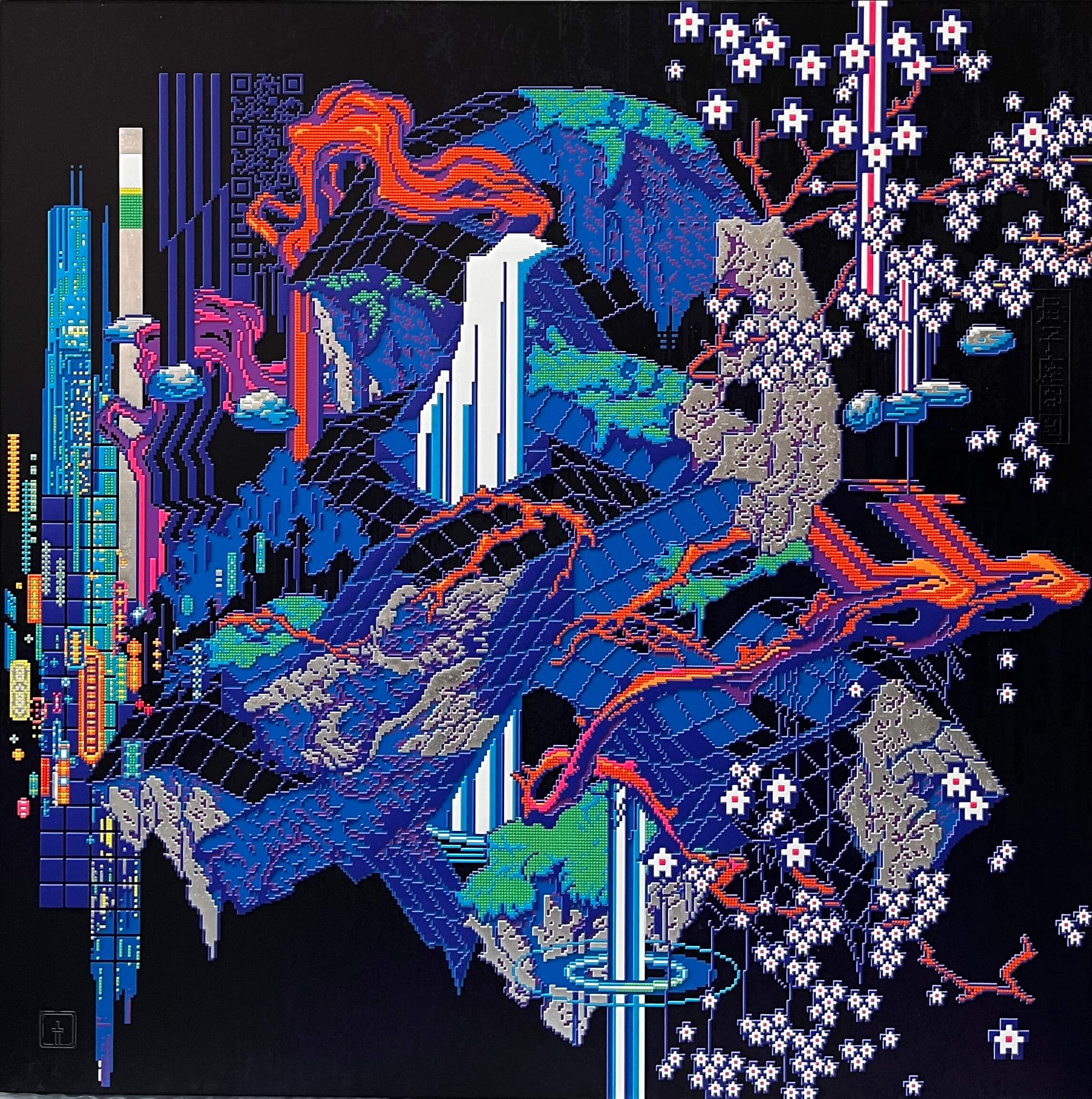
EXCALIBUR, ‘量子庭園図 Quantum Gardens’, 2024, Signed and dated by the artist, Pigmented ink Acrylic UV varnish on canvas, 120,2 × 120,2 × 5,5 cm
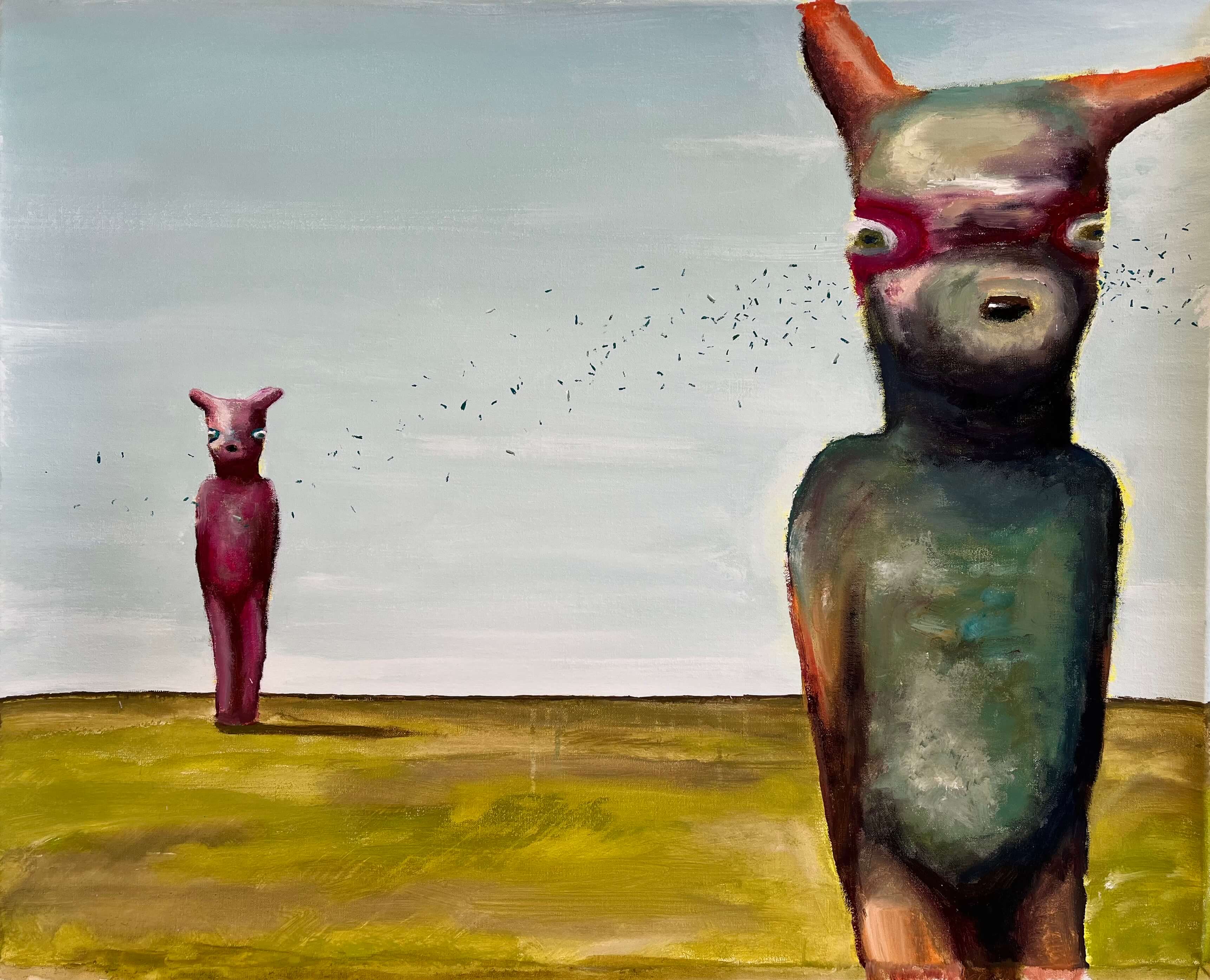
Daijiro Hama, ‘Figures w landscape’, 2024, Acrylic gouache on canvas, 81 × 65 cm
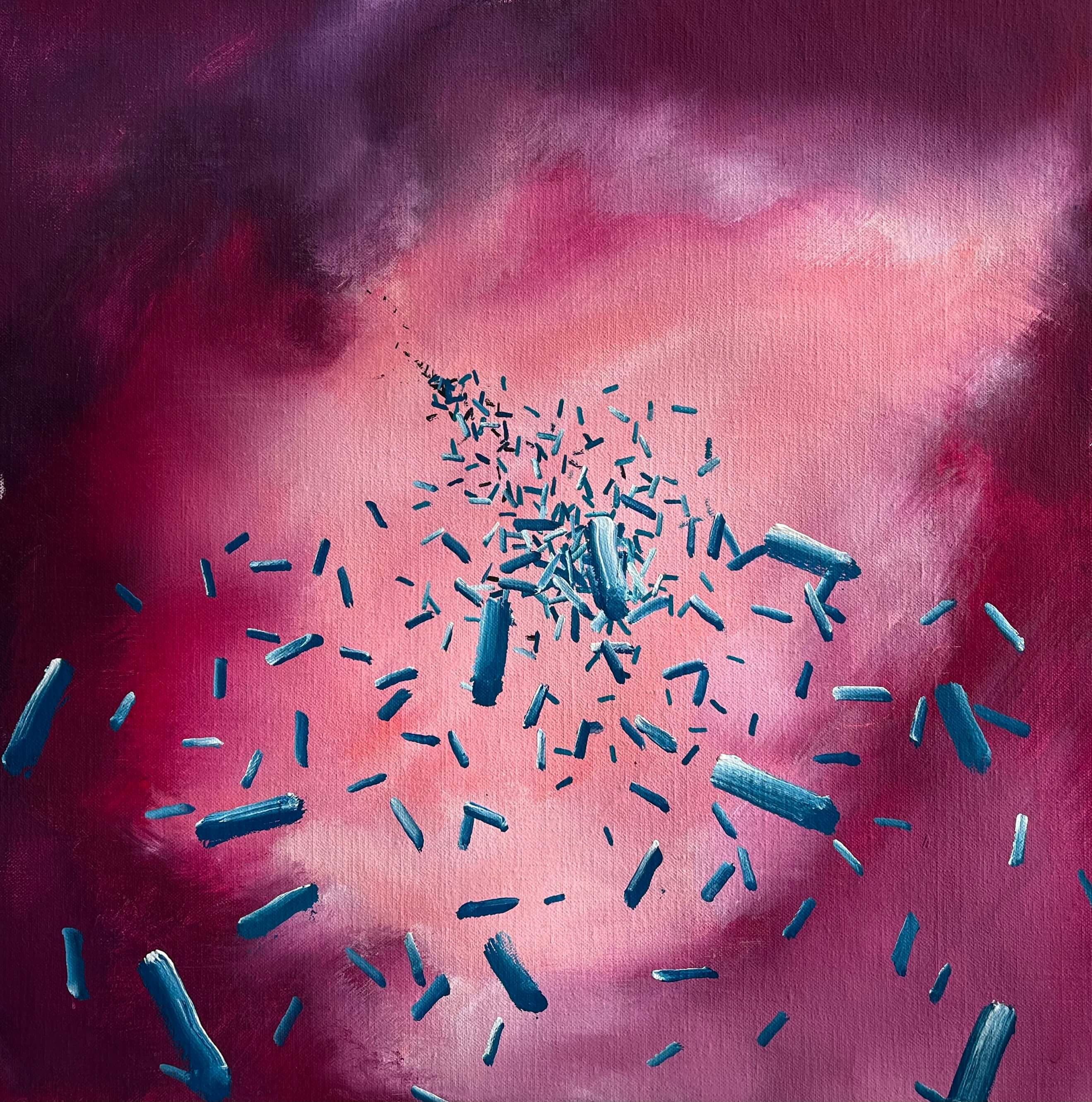
Daijiro Hama, 2022, Acrylic gouache on canvas, 41 × 41 cm
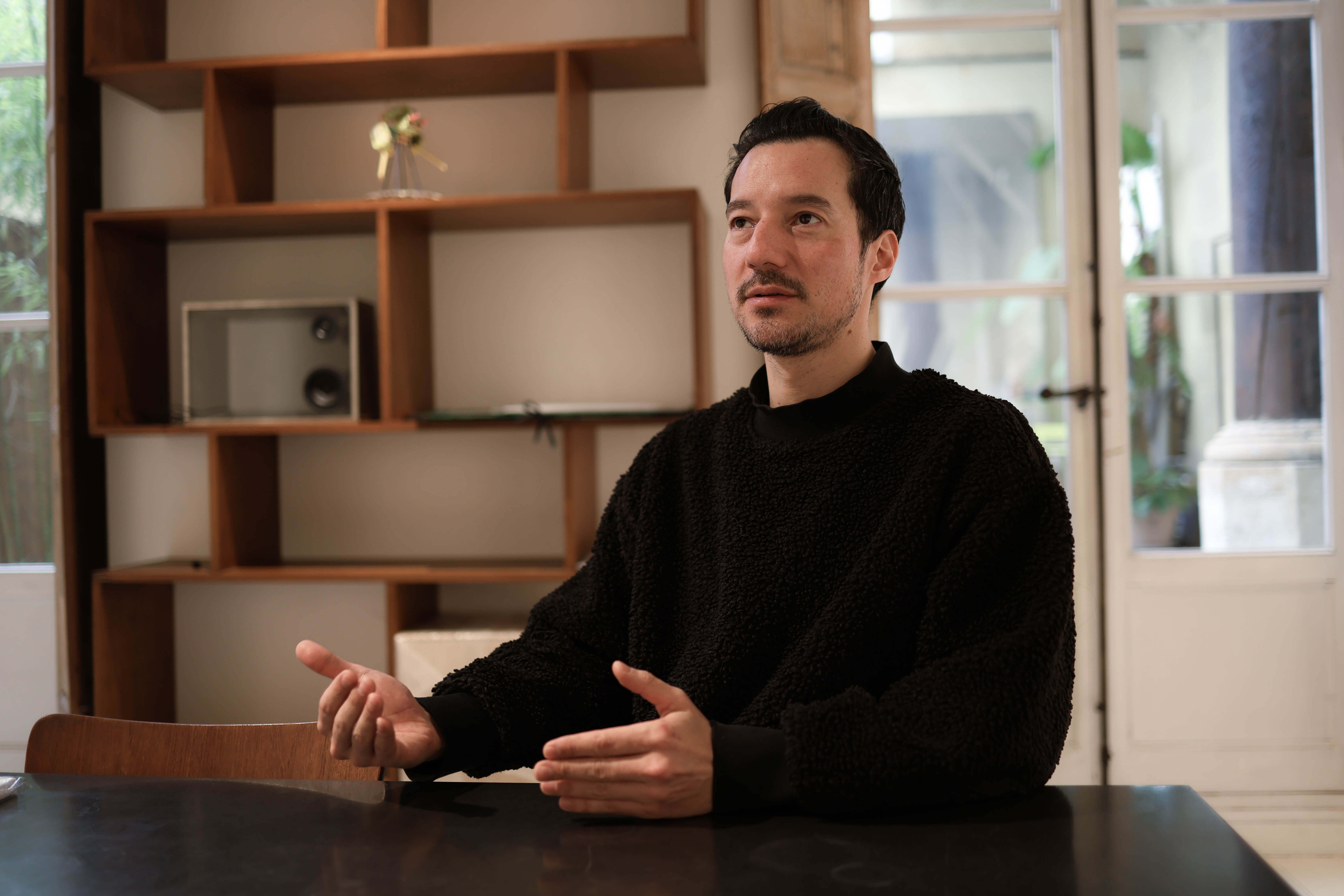
Julien Sato at Sato Gallery in Paris on February 5, 2025.
TRENDING
-
The Tattoos that Marked the Criminals of the Edo Period
Traditional tattoos were strong signifiers; murderers had head tattoos, while theft might result in an arm tattoo.

-
Chiharu Shiota, Red Threads of the Soul
Last year, more than 660,000 people visited the retrospective 'Chiharu Shiota: The Soul Trembles' exhibit at the Mori Art Museum.

-
‘Before Doubting Others, Doubt Yourself. Who Can Truly Say a Dish Isn’t What It Used to Be?’
In ‘A Non-Conformist’s Guide to Surviving Society’, author Satoshi Ogawa shares his strategies for navigating everyday life.

-
The Story of Sada Yacco, the Geisha who Bewitched Europe
Described by Dazed magazine as the first beauty influencer, she has been restored to her former glory since 2019.

-
Ito Jakuchu's Naturalist Paintings
From 15 September until 14 October 2018, the Petit Palais showcased the artist's iconic ‘Images of the Colourful Realm of Living Beings’.





